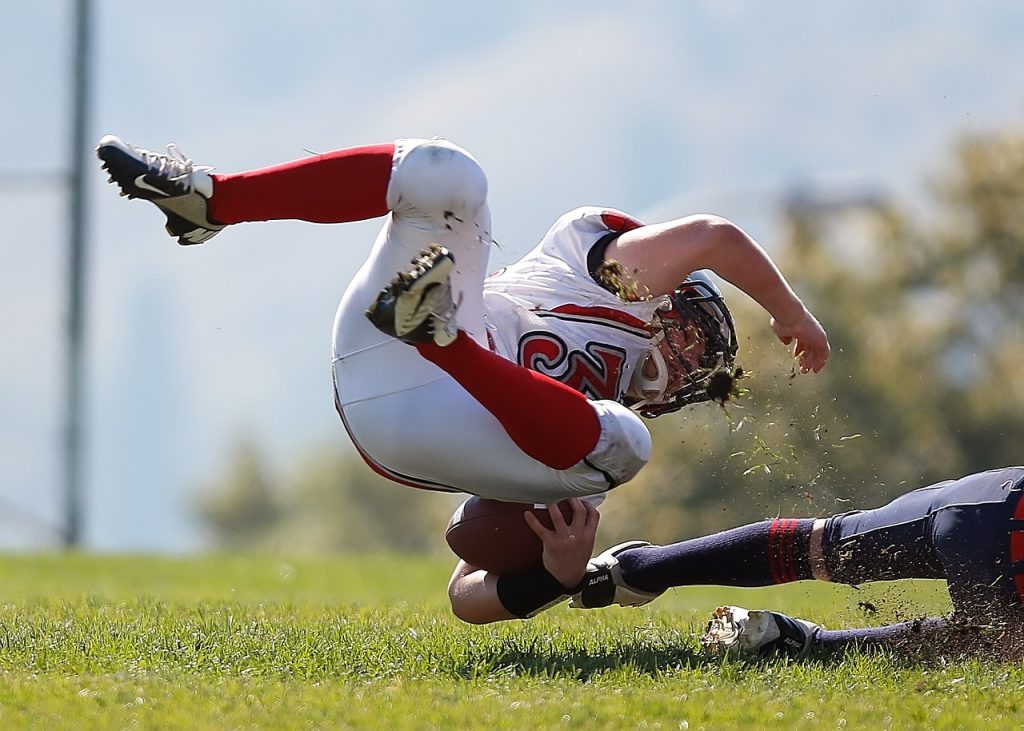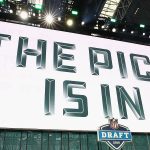Drafting in fantasy football is both an art and a science, blending in-depth analysis with gut instincts. The question of which positions to draft first is a hotly debated topic among fantasy football enthusiasts, with strategies varying based on league format, scoring settings, and individual preferences. However, there are some general guidelines that can help navigate this decision-making process.
Understand Your League’s Scoring System
The first step in determining which positions to prioritize is understanding your league’s scoring system. In standard scoring leagues, touchdowns and yardage gained are the primary sources of points, which often places a higher value on running backs (RBs) and wide receivers (WRs). In contrast, point-per-reception (PPR) leagues give additional points for each catch, elevating the importance of WRs and pass-catching RBs.
The Case for Running Backs
Traditionally, the consensus has been to prioritize running backs in the early rounds. This strategy stems from the scarcity of workhorse RBs in the NFL. A top-tier RB who receives a high volume of carries and targets in the passing game can be a game-changer for your fantasy team. Since the drop-off in production is steep after the elite options, securing a top RB early can provide a significant advantage.
The Value of Wide Receivers
Wide receivers, particularly in PPR leagues, can also be worth an early pick. Elite WRs tend to have more consistent week-to-week scoring than RBs and are less prone to injury. In leagues where you can start three or more WRs, having a strong corps of receivers can be a winning strategy. The depth at the WR position means that it’s possible to find value later in the draft, but securing a top-tier WR early can anchor your team’s scoring.
Considering Quarterbacks
The quarterback (QB) position is often the highest-scoring in fantasy football, but it’s also one of the deepest.
This depth leads many experienced players to wait on drafting a QB, as the difference in points per game between the top QBs and the middle-tier options is generally smaller than at other positions. However, if your league’s scoring system heavily favors quarterbacks or you have the chance to draft a truly elite QB, it might be worth breaking this rule.
Don’t Forget Tight Ends
Tight end (TE) is a unique position in fantasy football due to its scarcity of elite options. If you have the opportunity to draft one of the top TEs, it can provide a significant weekly advantage over your opponents.
However, after the top few TEs, the production tends to drop off significantly, making it a position some choose to wait on.
Flexibility and Adaptability
While having a draft strategy is important, flexibility is key. The best drafters adapt their strategy based on how the draft unfolds, the actions of their opponents, and value opportunities that present themselves. Sometimes, the best move is to deviate from your initial plan to seize a value pick that falls unexpectedly.
There’s no one-size-fits-all answer to which positions to draft first in fantasy football. The key is to understand your league’s scoring system, recognize the depth and scarcity of each position, and remain adaptable throughout the draft process. Whether you choose to secure a workhorse RB, an elite WR, or adopt a zero-RB strategy, the goal is to build a well-balanced team capable of competing every week. Remember, championships are not won at the draft alone, but making smart, strategic decisions with your early picks is a crucial first step.
Continuing from where we left off, successful drafting is just the beginning of your fantasy football journey.
Here are additional considerations and strategies to complement your initial draft strategy and enhance your chances of success throughout the season.
Mid to Late-Round Drafting Strategy
After securing your early picks, it’s crucial to focus on value and upside in the mid to late rounds. This phase is about identifying players who have the potential to outperform their draft position. Look for:
Sleepers: These are underrated players who may emerge as significant contributors. Pay attention to young players on the rise, veterans in new situations, or players returning from injury.
Handcuffs: Especially for your key running backs, drafting their direct backups can provide insurance in case of injury.
High-upside picks: Players in high-powered offenses or those in line for increased roles due to team changes can offer significant returns on a minimal investment.
Streaming Strategies
For positions like quarterback, tight end, and defense, where the difference in weekly scoring among non-elite options can be minimal, consider a streaming strategy. This involves selecting these positions late in the draft or even picking them up on a week-to-week basis based on matchups. Streaming is a way to leverage favorable matchups and conserve draft capital for more scarce and consistent positions.
Bye Weeks and Roster Construction
While it’s not advisable to base your entire draft strategy around bye weeks, it’s essential to be aware of them, especially for your key players. Avoiding having your top players on bye the same week can prevent headaches down the line. However, don’t pass up significant value just because of bye week conflicts; roster depth can mitigate these issues.
Defense and Special Teams (DST)
The DST position is notoriously unpredictable from year to year. The best defenses in the NFL do not always translate to the top fantasy scores due to the scoring system’s dependence on turnovers and touchdowns, which can be volatile. Like quarterbacks, consider drafting a DST in the later rounds or even applying a streaming strategy based on weekly matchups.
Kicker Strategy
Similar to DST, the kicker position can be unpredictable and is often dependent on the offense’s overall efficiency. Drafting a kicker in the last round or prioritizing those who play for high-scoring teams can be a simple yet effective strategy.
In-Season Management
Draft day is just the beginning. Active in-season management through waiver wire pickups, trades, and matchup-based lineup decisions play a crucial role in your success. Stay informed about player performances, injuries, and role changes within teams to make informed decisions.
Winning in fantasy football requires a mix of preparation, strategy, and adaptability. By understanding your league’s scoring system, drafting strategically based on position scarcity and player potential, and staying active on the waiver wire, you can give yourself a competitive edge. Remember, every draft and every season is different, so stay flexible, make informed decisions, and, most importantly, enjoy the game.
FAQ: Fantasy Football Draft and Management
How important is draft position in fantasy football?
Draft position can influence your strategy, especially in the first few rounds. A top-three pick might secure you one of the consensus top talents, which are often running backs. However, success in fantasy football comes from making informed decisions throughout the draft, regardless of your initial position. Adaptability and research can offset the disadvantages of a less favorable draft spot.
Should I draft my favorite team’s players?
While it’s tempting to select players from your favorite NFL team, it’s crucial to remain objective. Fantasy football is a game of numbers and performance, not loyalty. It’s okay to draft players from your favorite team if they represent the best value or fit your team needs, but don’t let bias cloud your judgment.
How do I decide between two players at the same position?
When deciding between two closely ranked players, consider factors such as their team’s offensive system, injury history, consistency, and upside potential. Also, look at their schedules, especially during the fantasy playoffs. Research and intuition play roles here; sometimes, going with your gut on who you believe will outperform can be the tiebreaker.
What’s the best way to handle bye weeks?
While drafting, it’s wise not to overly concentrate on bye weeks, but you shouldn’t ignore them entirely, especially for key positions like QB or TE if you don’t plan to stream. During the season, plan ahead for bye weeks by ensuring you have suitable backups or by targeting players on waivers a week or two in advance.
How do trades work in fantasy football?
Trades involve exchanging players between teams within your league. To execute a successful trade, both teams should feel they are improving their roster. It’s essential to negotiate fairly and transparently, considering your team’s needs and the league’s dynamics. Always be on the lookout for mutually beneficial opportunities.
How important are the waiver wire and free agency?
They are crucial to fantasy football success. Injuries, breakout players, and role changes can all impact a team’s performance. Staying active on the waiver wire and making strategic pickups can be the difference between winning and losing. Pay special attention after Week 1, when breakout performances can indicate season-long trends.
Can a defense or kicker really make a difference?
Yes, while these positions are often drafted in the later rounds, a high-scoring defense or a reliable kicker can provide a competitive edge, especially in close matchups. Streaming based on matchups can maximize points from these positions throughout the season.
Fantasy football combines strategy, knowledge, and a bit of luck. By asking the right questions and continually seeking to improve your team through the draft, trades, and waivers, you can increase your chances of winning your league. Remember, the most successful fantasy managers are those who stay engaged, adapt to changes, and make the most informed decisions possible.




